To prevent and control infectious respiratory diseases such as the COVID-19 or influenza, the first line of defense should be to prevent exposures by using control measures, such as isolation, quarantine, or restricting or closing group gatherings, and/or using local exhaust ventilation. When such measures are not feasible or fully effective, measures such as respiratory hygiene/cough etiquette and hand washing can be useful. Personal respiratory protection provides the last line of defense.
What about the prevalence of the coronavirus (COVID-19) these days? Having a face mask is a must when we want to keep ourselves and people around you safe from the COVID-19 virus. In my previous posts about patterns for face masks, many questions have been asked about what materials can be used as face mask filter. After reading quite some research and reviews, I have come up with a list of materials that can be effective against the coronavirus.
First, we need to understand about filters in masks. The purpose of a mask is to prevent particles emitted from people infected with COVID-19 from getting to the mouth and nose of the wearer, and filter plays an important role in capturing such particles and stopping them from getting to the respiratory system of the wearer. Filters used in face masks must allow the user to breathe and thus cannot clog when particles adhere to their fibers.
So, what are mask filters are made of? Mask filters are typically composed of mats of nonwoven fibrous materials, such as wool felt, fiberglass paper, or polypropylene. These materials, initially using natural fibers, came into greater prominence with the introduction of synthetic thermoplastics, particularly polypropylene, about 40 years ago. Spun-bonded polypropylene is a fabric or structure in the category of nonwoven textile materials. However, you can always look for different materials, as long as they are safe for your respiratory system.
Of course, you have to keep in mind that these alternatives can’t be as good as N95 masks – they can only help you partially, and the best way to prevent the spread of COVID-19 is social distancing, washing your hands regularly and covering your mouth when you cough or sneeze.
Below is a short list of materials that can be used as filters for DIY face masks:
1. Polypropylene non-woven fabric (PP non-woven fabric). This is the most used material in all medical face masks – and of course the ideal material for you to make your own. PP fabric comes in various manufacturing methods, and each has their own advantages:
Spunbond non-woven fabric: manufactured by bonding together extruded spun filaments of polyester to create a consistent web of material. It’s the cheapest filter material.
Spunbond-spunbond (SS) non-woven fabric: made of 2 layers of spunbond PP. It is softer and more durable than single spunbond non-woven fabric.
Spunbond-meltblown-spunbond (SMS) non-woven fabric: made of 1 layer of spunbond PP, 1 layer of meltblown PP and then 1 layer of spunbond PP. This material combines the strength and durability of spunbond with the barrier properties of meltblown microfibers. The resulting product offers cloth-like aesthetics, excellent water resistance, filtration and breathability as well as abrasion resistance.
Because many types of PP fabric are made from recycled materials (for example, from your old plastic bottles), they may contain harmful chemicals. Look for virgin PP fabric which are never used or recycled, and are used to make medical equipment.
If you are looking for PP non-woven fabric (spunbond, SS, SMS) and other materials to make face mask like elastic and nose wire, visit our little store here: https://fayrie.com/
We have plastic nose wire, elastic, virgin PP non-woven fabric for filters, anti-microbial fabric masks, hand made fabric masks to meet your needs. All items are ready in stock and will be shipped from Toronto, Canada. Same day shipping for orders before 3:00 PM. Free standard shipping for orders from US$75.00.
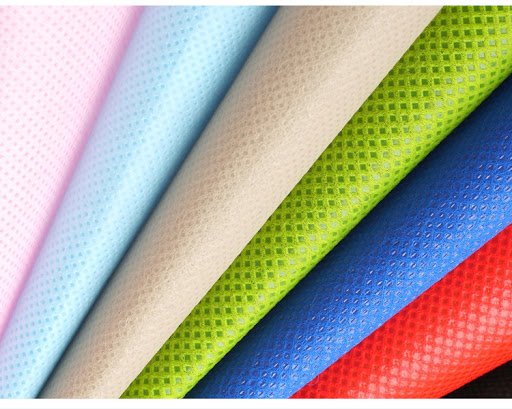
2. PUL fabric. This material is called the ‘breathable waterproof fabic’, which, at the molecular level, lets the air through and not allows water through. Some PUL materials are food-safe, and can be used for filter. Check the product info before choosing it as your filter.
3. HEPA fabric. This must be the most used filter in DIY face mask projects. Many recommend using this material as it is easy to find. However, some say that they cannot breathe through this fabric.
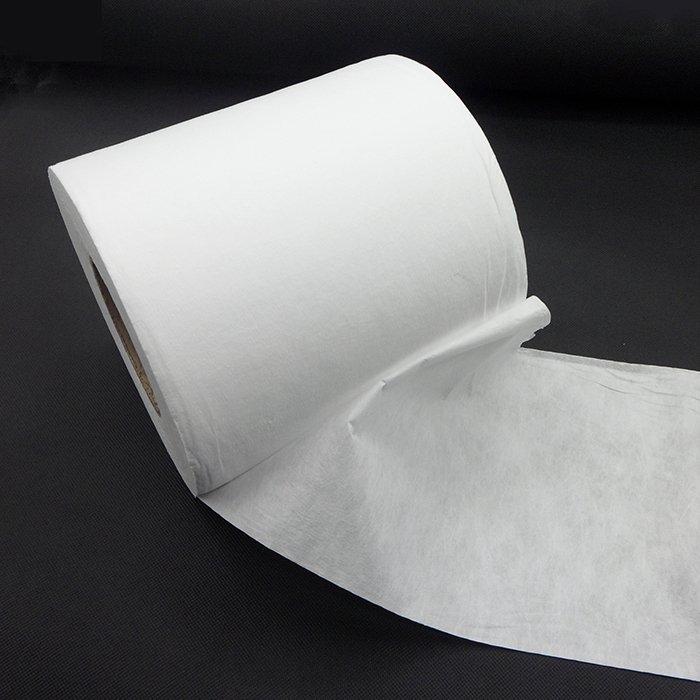
4. Wool felt/Craft felt/Wool blend felt. This easy to find material can provide decent protection against droplets let out when people cough or sneeze.
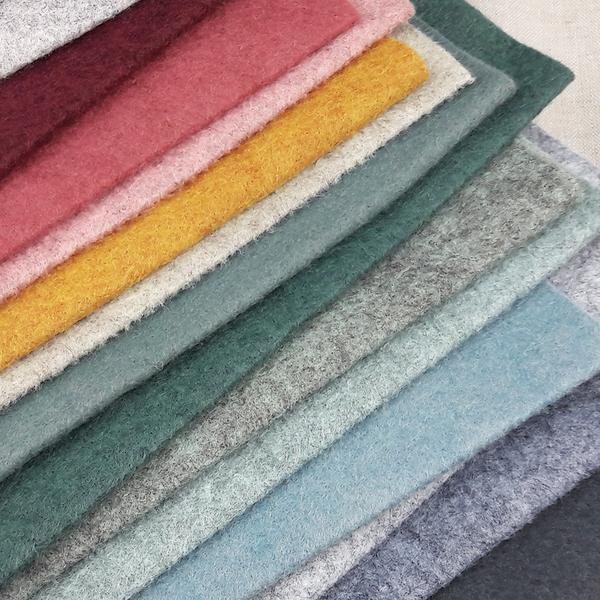
5. Fiberglass paper. It is manufactured from 100% borosilicate glass and is useful for filtering. It is durable and can be reused after sanitized properly. However, many worry that they may breathe in the tiny glass pieces from the material.
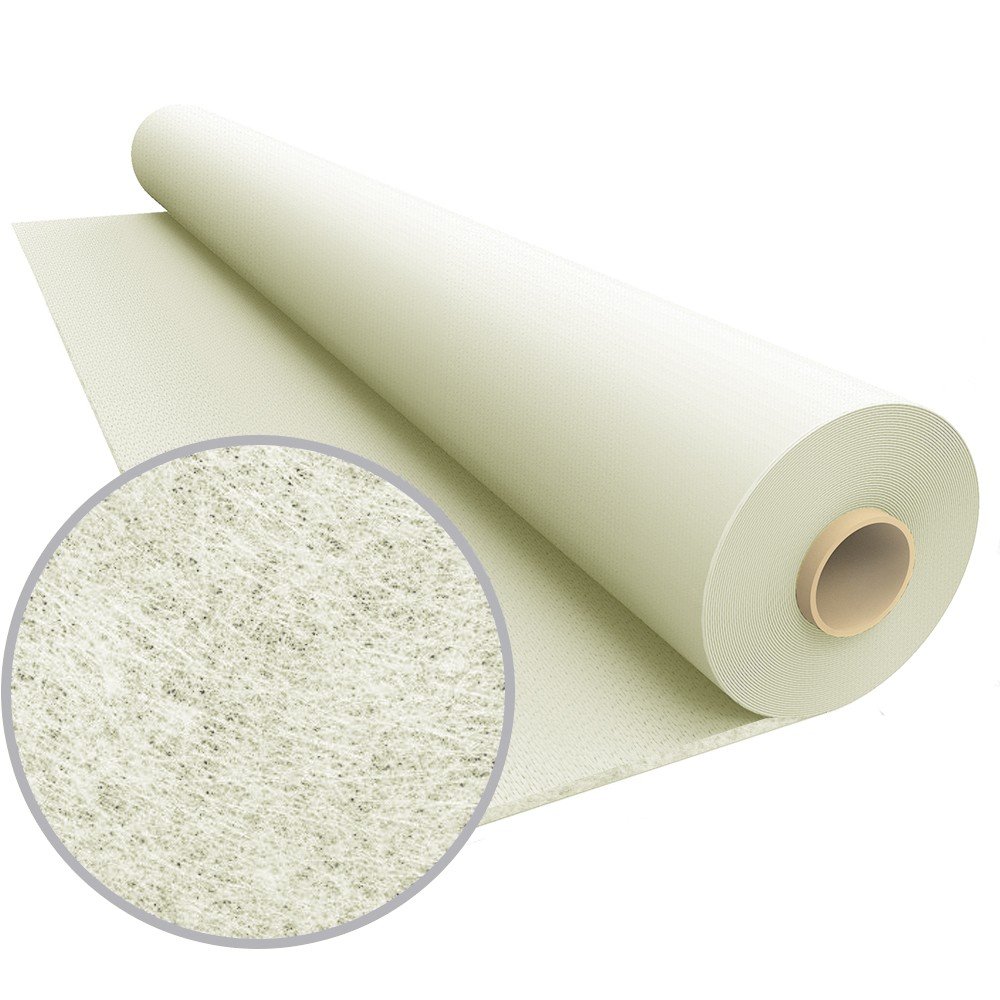
6. Paper tissue. This is the last resort when you can’t get your hands on the above-mentioned materials. Choose the natural, non-bleached type with no fragrance so you won’t need to worry about chemicals.
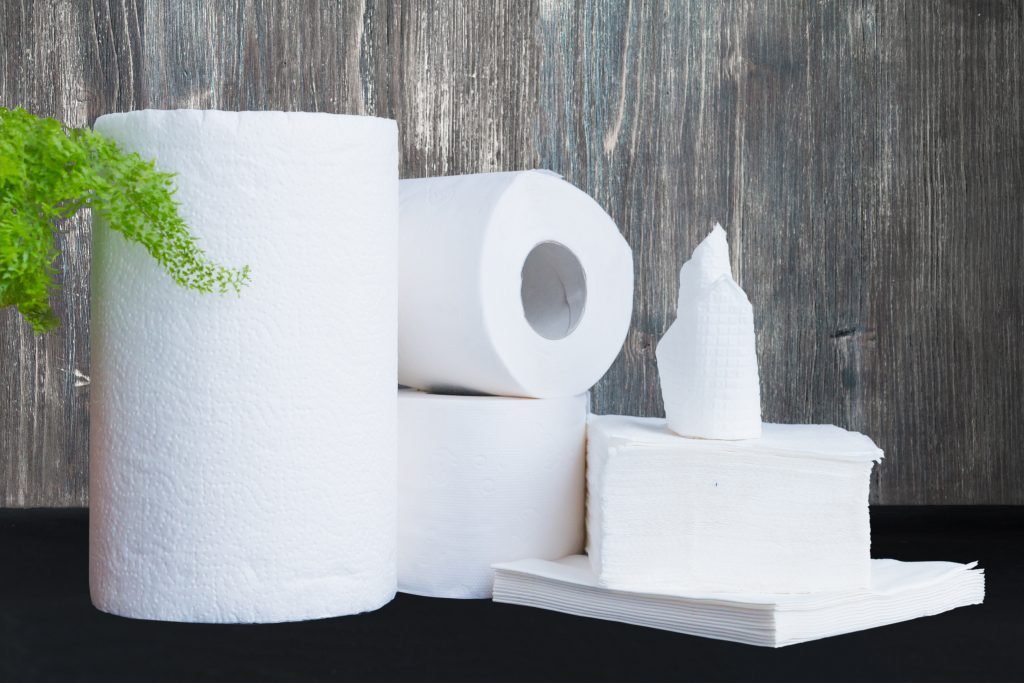
More materials that readers have mentioned and I think they are safe and provide decent protection:
7. Coffee filters. Easy, cheap, at least 100 in a pack and disposable.
8. Flannel. Cut it into pieces and put it into the pocket. Can be reused after sanitizing.
What about dryer sheets? Or dried sanitizing wipes? No, they are TOTALLY NOT recommended.
In my previous post of the face mask pattern, a nurse commented:
“PLEASE DO NOT USE DRYER SHEETS AS A FILTER!!! Even if they are dry, they may contain up to 9 toxic chemicals such as ammonia that can actually be more dangerous than the virus. As a nurse I am very grateful for all the help, but please do not use any material that could contain toxic materials. If in doubt, look up the ingredients listed by the manufacturer.”
So, before you try to use any new materials for a filter, please look to see if they contain any toxic chemicals.
This post is just my personal recommendation, if you have any better ideas for face mask filter, please leave a comment! Many sewers will thank you for that!
Stay safe!
Tiana

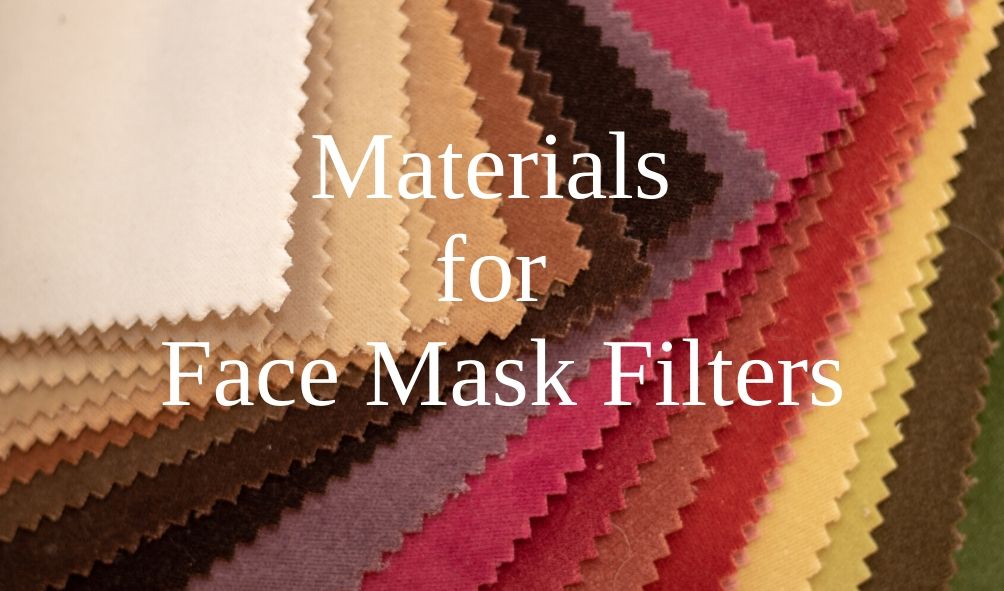
Pingback: Sewing your own face mask to protect yourself from the coronavirus pandemic (with pattern and photo sewing instruction) – Tiana's Closet
Bless you. My daughter is an ARNP in an urgent care. Frontline! I had to modify your pattern because her face is so small. Darts and twister tie for the nose. Thank you so much
Hi, is it okay to use your two facemask patterns to make and sell reusable facemasks, and credit you for the pattern?
Where are you based?
In Norway.
I sew and sell stuff on a really small scale (mostly for friends, aquintances and family). I’m thinking of making bundles of 5 face masks out of cotton and flannel, and sell for the cost of the fabric + a small sum for the time spent.
I am not against you or anyone using my pattern and make face masks for small sale purpose. Just add proper credit to me and my website.
All the best!
Thank you! Stay safe and wash those hands 🙂
I have found that needled cotton batting works well as a filter in the masks I have made and so far everyone loves them. I also use flower wire rounded on the ends and zigzagged in place to work great for the spot around the nose to shape it to the face.
Thank you so much for sharing your patterns!!
Hi Tianna ,
I love your face mask pattern.
I have sewed many masks for myself , my husband , my daughters and soninlaw.
I was wondering if it’s ok with you for me to sew masks using your pattern ,and charge a nominal fee.
I don’t plan on making alot to actually sell, I just have someone who asked my daughter if I could make some masks and she would pay me for them
I wanted to personally ask you first.
Yes it’s ok to sell face masks made from my pattern, many people are not able to sew after all. It would be best if you give me proper credit and share the pattern with others. Thank you!
Can I use fusible fleece as a liner for personal face masks?
I live in Ontario, Canada and am using quilting batting for the middle/ filter layer in the masks I am making. Bye
This material is too loose to provide any protection
Are you saying quilt batting is too loose?
Quilt batting is definitely too loose to be an effective filter. You need something with extremely small holes or openings between the fibres. The openings between the fibres in quilt batting are much too big.
Tiana,
I have just been searching for patterns to make a face mask as a beginner. After reading all the comments and praise you’re receiving and your humble and kind responses It has touched my heart. You are providing a potentially life saving tool.
May God bless you and protect you and all of your family.🙏❤️
Thank you for your kind words. Stay safe!
Would fusible interfacing be helpful as a filter? Or even the non-fusible type?
I saw another pattern today that used fusible interfacing. I think it will work.
I tried making them with interfacing and I think it’s a good filter but it’s very difficult to breathe through. If you can’t breathe through it effectively and the air escapes out the sides of the mask it defeats the purpose so I abandoned the idea.
Please do not use interfacing in your face masks. Interfacing is finished with a chemical additive, this chemical additive can causes moisture build up which enters into the lungs, causing pneumonia. You have to dig deep but it has been lightly published in a number of studies.
Hey Tina!
First time sewer here and I don’t have a printer and my apartment shut down our computers and printers for “obvious reasons” I’m worried I’m going to have to draw out the stencil by hand and it worries me how accurate it would still be…and another question is on the HEPA filters. I heard that HEPA filters have fiber glass inside them that’s dangerous for us to breathe in. What do you feel about that? Oh and one more thing..so I don’t have a sewing machine, if I sew it all by hand do you think that would still be safe? I’m worried about how accurate and close the stitching can get by hand…any tips or advice?
Sorry for the long message!!!! Thank you,
– Melanie /Cleveland Ohio
Dear Melanie,
I understand you are worried. For the pattern, zoom it on your PC screen until the test square is 2in in dimensions (you can measure directly on the screen, ignore the percentage it tells you) and place a piece of paper on the sceen then trace the pattern with your pen. It is not difficult at all!
About HEPA filters, I have read many sources (NY Times etc.) and they all suggest this material, so I think it is quite safe.
You can sew the masks by hand, that will not be a problem at all. Many have sewn their masks by hand (not all people have sewing machines you know). You can use backstitch to sew, it is similar to the stitch of a sewing machine.
Please do not worry, things will be fine. Stay safe!
It’s very kind of you to be so reassuring Tina.
And if you have to free draw the pattern, use the one in this post because it’s easier with dimensions written on it: https://tianascloset.com/index.php/2020/03/20/a-super-easy-face-mask-pattern/
The cdc has put out face mask instructions. They use a rectangle shape. You may want to follow that to make it easier for you. https://www.cdc.gov/coronavirus/2019-ncov/prevent-getting-sick/diy-cloth-face-coverings.html
What are your thoughts on craft (polyester) felt?
I was wondering the same thing. Its a “non woven” material so it should work, it might be a little warm to wear though (same as wool felt).
Cindi from The Fabric Patch has some good videos about different materials to use in face masks and why:
http://www.fabricpatch.net/face-masks-for-covid-19-relief.htm
I have the same question; if poly felt is effective. If not, when you say wool felt, do you mean the hard to find 100% wool felt, or the easier to find wool blend felts? Thank you for your article!
I think the structure of poly and wool blend felt is similar to wool felt, they can also be used as filter.
What about PUL material for filter? I made a couple of test masks and they are breathable.
That’s a good idea. PUL is good enough to be the outer layer of the mask. It can prevent the droplets from getting in at all.
I found a site with details on what cloth filters best.
https://smartairfilters.com/en/blog/best-materials-make-diy-face-mask-virus/?fbclid=IwAR3FZAL6a87VzSRyUjsbWNgU4Ub9LwbQnUa8rl0i86Z2gT7Wd5Vd46sPjIk
Also, non-woven interfacing, not the very thinnest and not the fusible kind, is apparently also a good filter. I left itl oose inside the mask so I can remove & wash separately.
Thank you for this site. I love the 2 versions, easy & harder!
I have never bought a reusable grocery bag before, but have accumulated about 40 in my trunk over the the years some still new from careless wasteful people (aka friends/family).
I think this is the Polypropylene fabric, though it does not say, I would love to get rid of some of my bags.
I red this bag can be used as filter. I am using the bags to make the filter. If the bag has a triangle with the # 5 and the PP it is polipropilene
Pingback: The Easiest DIY Face Mask Ever (No Pattern Needed) – With Photo Tutorial – Tiana's Closet
I read a study that 100% cotton was found to be the best fabric to prevent particles from passing through a mask, double layer.
Pingback: The 1-minute no sew face mask – Tiana's Closet
I truly appreciate this post. I have been looking everywhere for this! Thank goodness I found it on Bing. You have made my day! Thx again
I heard that HEPA vacuum cleaner bags were good for mask filters. During my research I came across an article that warned against using them. The article went on to say that the material used to make these bags has glass fibers in it and should not, under any circumstance, be used as a filter for face masks. Inhaling the glass fibers could/would do major damage to the lungs. I do not remember the author of the article or where I saw it but it was definitely a stern warning. I remember that it was a credible source. In my opinion, it’s not worth taking the chance.
Pingback: Simple DIY face mask that can be done in no time (even without a sewing machine) – Tiana's Closet
my grandson who is a dr. sent me a link to your facemask pattern. Don’t know how he found it. He said this is the best one, not for going into see patients, but in between times. Wish you had put how long to make the ties. I have been making the pleated ones, and this fits SO much better.
I tried 60 inches and it was too long, 50 is about right.
Thank you, I will put this into the post as an alternative option for the elastic ear loops.
“Even if they are dry, they may contain up to 9 toxic chemicals such as ammonia that can actually be more dangerous than the virus”
This seems excessively alarmist and not based on science or data. As they say, the dose makes the poison. Water is toxic if you drink too much too fast.
A dryer sheet that has been used in the dryer, then gone through a wash/dry cycle would have little or no volatile chemicals left on the fabric substrate. After all, the chemicals selected for use in a dryer sheet are chosen such that they transfer to the clothing, not remain in the sheet. Chemicals that stay in the sheet after use are wasted chemicals, which is wasted money. And dryer sheets have been around long enough that they’ve probably got the amount of chemicals down to a bare minimum.
Hi just wondering if the stabilizer I use with my embroidery machine is a good option for a mask filter. I have soft cut away and heavy cut away. Obviously the tear away versions would not be good.
I am really wanting to know if the stabilizers are non woven. Hope you know. Thank you- -Patty
Check out blue shop towels for your inserted filter. They are effective and cheap.
* However, for the more creative folks, dollar tree black thin laundry bag, is light
non woven polyy p. Then, use some poly p crafting felt sandwiched between the laundry bag pieces.
Make the mask shell of Dollar Tree poly p tote bag material. It makes an excellent, breathable mask.
You can even insert a layer of flannel or cloth in it and you will have a 5 or 6 layer, protective mask. That is a lot of protection. Use a KN95 mask for a template. It is a great fitting mask and is very conservative on your materials.
Dollar tree plastic coated large paperclips are great nose pieces when straightened and glued inside.
If you can’t find elastic for your ear straps, don’t panic. Either buy or scrounge an tire inner tube ( bike or car) and use thin strips off of it for ear pieces.
These are very effective and long lasting homemade masks.
If you want that mask to be airtight, tie a round shoestring from one ear loop to the other, while having the mask on your face. Leave some extra length in that string that will go around the back of your head.
Now, either use a 1 inch piece of auto vacuum line hose or a chin cinch slide like on jungle hats to act as the mask tensioner.
To use the vacuum line cut it 1 inch long, then take one of your straightened paper clips and bend it into a tight V shape.
Hook the string headband into the V. Then, bend the V closed, and feed the paperclip into the 1 inch rubber 1/8 inside diameter tube. Pull the cord through the tube and tie a knot into the end of the cord so the rubber tube, cinch slide can not accidently be pulled off the headband strap when removing the mask.
Good luck.